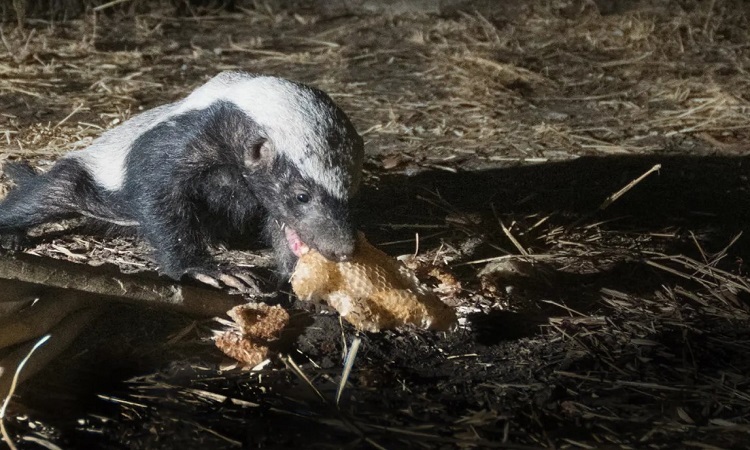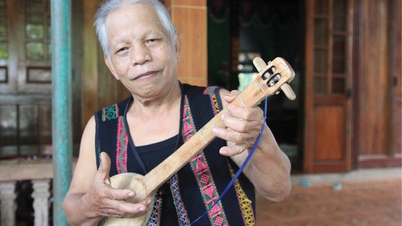Tanzania Honey Badgers may associate with honeyguide finches to harvest wild honey and beeswax before humans.
Honey badger eating honey on a tree. Video : IFL Science
Honey finches and honey badgers may cooperate in stealing honey, according to a study published June 29 in the journal Zoology . The study found that 61% of Hadzabe honey hunters in Tanzania had seen honey guide finches and honey badgers interacting in this way.
Honeyguides love beeswax, but they’re not strong enough to break open a beehive to get to it. For a long time, these finches guided honey hunters to wild beehives. After humans collected the honey, they feasted on the remaining wax. Then the honeyguides figured out that the same trick could be used on another species, the honey badger.
A new study by scientists from the University of California, Los Angeles, is the first to find large-scale evidence of honeyguide finches ( Indicator indicator ) and honey badgers ( Mellivora capensis ) working together to capture honeycombs. The team conducted more than 400 interviews with honey hunters across Africa, some of whom had worked with honeyguide finches to source honey.
While 80% of the group surveyed had never seen the two species interact and doubted the veracity of the story, the researchers found a few exceptions. In Tanzania, people from three separate communities reported seeing honeyguides and honey badgers teaming up to raid nests for honey and wax. Hadzabe honey hunters operate there, and 61% of them said they had witnessed the behavior. The Hadzabe move silently through the landscape while hunting animals with bows and arrows, so it is easy to see honeyguides and honey badgers interacting, according to Dr. Brian Wood of the University of California, Los Angeles.
Honey badgers are unexpected partners with sparrows due to their poor hearing and eyesight. This may explain why honeyguides are willing to switch to cooperating with humans if given the opportunity.
"Some have speculated that the honeyguide finch's homing behaviour may have evolved through interactions with honey badgers, but the finch switched to humans when we arrived because humans were more skilled at handling bees and accessing hives," said Dr Claire Spottiswoode from the University of Cambridge's Department of Zoology.
An Khang (According to IFL Science )
Source link





![[Photo] National Assembly Chairman Tran Thanh Man receives First Vice Chairman of the Federation Council of the Federal Assembly of the Russian Federation](/_next/image?url=https%3A%2F%2Fvphoto.vietnam.vn%2Fthumb%2F1200x675%2Fvietnam%2Fresource%2FIMAGE%2F2025%2F12%2F02%2F1764648408509_ndo_br_bnd-8452-jpg.webp&w=3840&q=75)









































































![[Photo] General Secretary To Lam and his wife attend the 50th Anniversary of Laos National Day](https://vphoto.vietnam.vn/thumb/402x226/vietnam/resource/IMAGE/2025/12/02/1764644139308_1.jpeg)

































Comment (0)